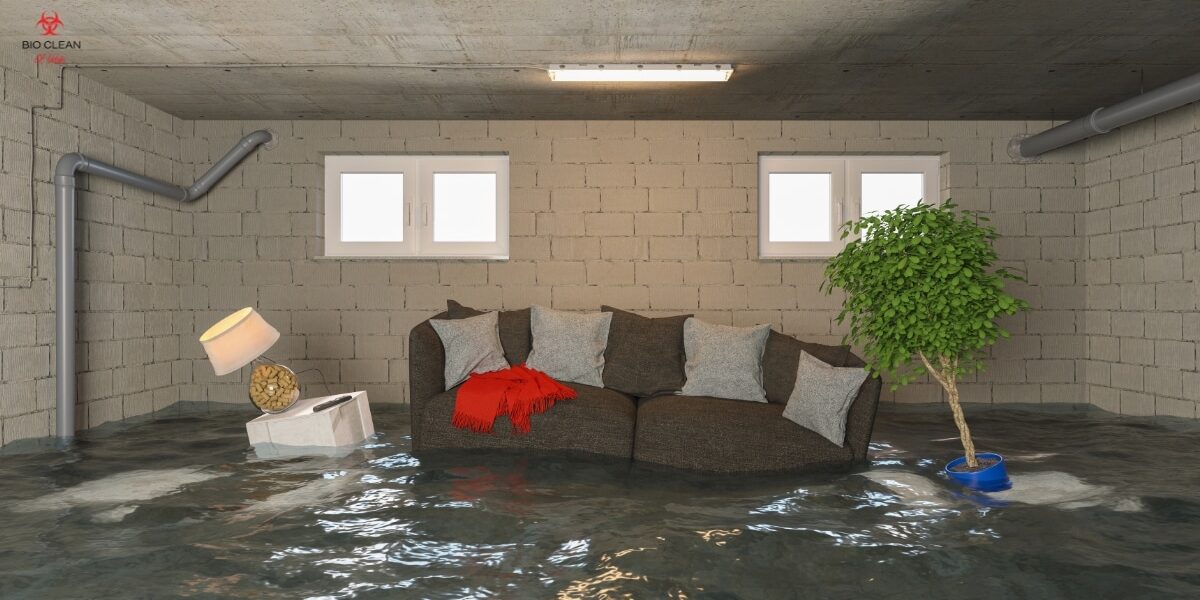A flooded basement can be a significant cause of worry for any homeowner. Whether due to heavy rainfall, leaking pipes, or a faulty sump pump, excessive water can cause substantial damage to your home’s structure and belongings. The process of drying out a flooded basement can be daunting and can take anywhere from 24 hours to several weeks, depending on different factors.
The Process of Drying a Basement After a Flood
Stage 1: Safety First
Before starting the process of drying the basement, it’s essential to ensure safety. Make sure to turn off any electricity to the area to prevent electrical shock. Always wear protective gear, such as rubber boots and gloves, while working in the flooded area.
Stage 2: Water Extraction
The first physical step in drying out your basement is removing the standing water. This can be done using wet vacuums or pumps, which can be rented or purchased from home improvement stores. The speed of water extraction depends on the amount of water present and the method of extraction used.
Stage 3: Dehumidification and Ventilation
Once the standing water is removed, the next step is to dehumidify the area and get the air moving. Dehumidifiers extract moisture from the air and surrounding surfaces, speeding up the drying process. Simultaneously, fans help circulate the air, improving ventilation, and further helping to dry out the area. The time taken in this stage varies depending on the room’s size, the amount of water absorbed by your home’s materials, and the specific dehumidification equipment used.
Stage 4: Removal of Damaged Materials
Some materials, like carpeting or drywall, may be too damaged by water to salvage. These should be removed to prevent the further spread of moisture and potential development of mold.
Stage 5: Cleaning and Sanitizing
Post-flooding, it’s essential to thoroughly clean and sanitize all affected surfaces to prevent mold growth and get rid of any potential contaminants brought in by the floodwater. This step might involve the use of professional-grade cleaning solutions and equipment.
Stage 6: Restoration
Finally, you’ll need to restore your basement to its original state. This process can include replacing removed materials like drywall or carpet, repainting walls, or retiling floors. The length of this stage can vary widely depending on the extent of the damage and the level of restoration needed.
Factors Affecting Drying Time
Several factors can affect the time taken to dry out a flooded basement:
- Amount of water: Basements with minimal flooding will typically dry out faster than those with substantial water levels.
- Type of water: Clean water dries out faster than contaminated water, which requires additional steps of cleaning and sanitizing.
- Surfaces affected: Porous materials like wood and drywall absorb water and take longer to dry than non-porous surfaces like concrete.
- Weather conditions: Warm, dry weather can help speed up the drying process, while cold or humid conditions can slow it down.
- Equipment used: Professional-grade drying equipment will expedite the process compared to household fans and dehumidifiers.
Professional Help: The Key to Effective Drying
While it’s possible to dry out a flooded basement on your own, it’s often more effective (and less stressful) to bring in professionals. A professional water damage restoration company has the expertise and equipment to quickly and effectively dry out your basement, minimizing the risk of mold growth and structural damage. Plus, they can work with insurance companies, providing detailed documentation of the damage and restoration process.
If you’re dealing with a flooded basement in Ogden or Salt Lake City, Utah, don’t hesitate to contact the professionals. Our team at Bio Clean of Utah is experienced in all aspects of flood damage restoration, including effective drying strategies. Let us help you restore your basement to a dry, safe, and comfortable space. Remember, quick response is key to minimizing water damage. Trust our experts to provide the fast and effective solutions you need.
Other related articles:
- How Can a Professional Restoration Service Help After a Flood?
- Emergency Water Damage Response
- Tooele Water Damage Cleanup
- What to Do Immediately After Water Damage? - March 7, 2025
- Understanding the True Cost of Commercial Mold: A Business Owner’s Guide - February 7, 2025
- How Much Does Water Damage Restoration Cost in Utah? - January 30, 2025







